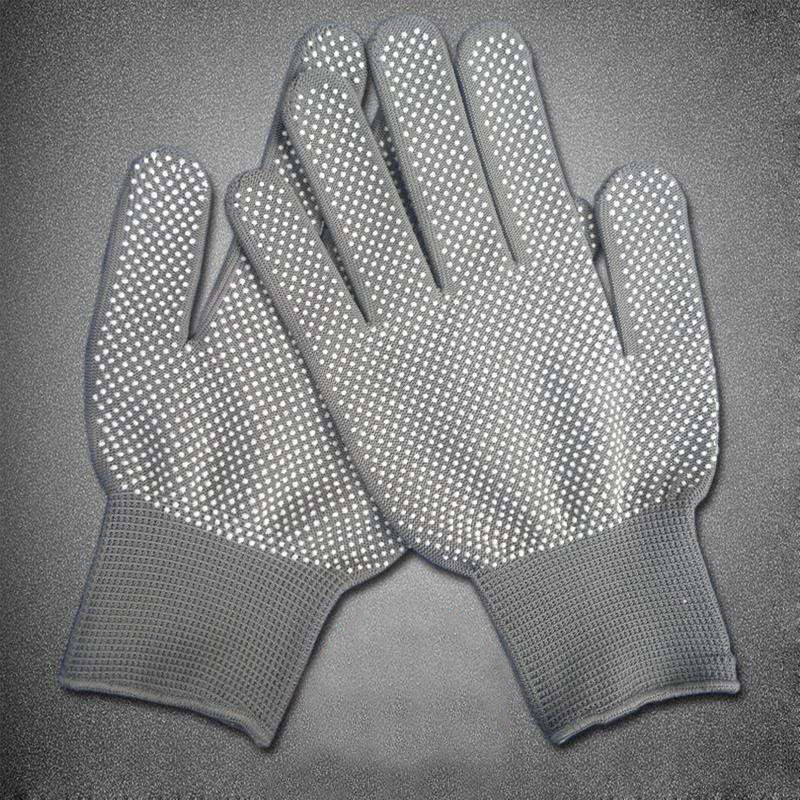Protective gloves are personal protective equipment designed to protect the hands from physical, chemical, or biological hazards. They are widely used in industrial production, construction, chemical laboratories, healthcare, food processing, agriculture, and many other fields. Depending on the specific application and protective needs, protective gloves come in various types and designs, effectively preventing hand injuries, contamination, infections, or exposure to extreme temperatures.
1. Product Features
High Protection: Protective gloves are made from special materials that effectively protect the hands from sharp objects, chemicals, electrical hazards, high or low temperatures, and more.
Comfort and Flexibility: High-quality protective gloves are designed with comfort and flexibility in mind, using breathable materials and ergonomic designs to ensure a comfortable fit without compromising work performance.
Durability: Protective gloves are often made from high-strength materials such as rubber, leather, polyurethane, and nylon, ensuring they remain wear-resistant and tear-resistant during long-term use.
Water and Oil Resistance: Some protective gloves are designed to be waterproof or oil-resistant, making them suitable for work environments where liquid handling is involved.
Versatility: Certain protective gloves combine multiple functions, such as chemical resistance, anti-static properties, and heat resistance, making them suitable for complex environments and various job roles.
2. Application Scenarios
Industrial Production: Protective gloves are essential in manufacturing, machinery operation, construction, welding, and other high-risk work environments to protect hands from impacts, abrasions, chemicals, and heat.
Chemical and Laboratory Work: In chemical laboratories, protective gloves are used to prevent harmful chemicals or substances from coming into contact with the skin, ensuring safe handling of hazardous materials.
Healthcare: In hospitals, clinics, and other healthcare settings, protective gloves are used to prevent cross-contamination and the spread of infections during medical procedures and surgeries.
Food Processing and Service: Protective gloves are used in food processing and handling to prevent cross-contamination and ensure food safety.
Agriculture and Horticulture: In agriculture and gardening, protective gloves help protect hands from plant thorns, pesticides, and other environmental hazards.
3. Maintenance and Care
Regular Inspection: Protective gloves should be regularly inspected for damage, wear, or aging. Any gloves that show signs of deterioration should be replaced promptly.
Cleaning: For washable protective gloves, regular cleaning can extend their lifespan and maintain hygiene. Disposable gloves should be discarded after each use.
Proper Storage: Protective gloves should be stored in a cool, dry place away from direct sunlight and high temperatures to prevent material deformation or aging.
Protective gloves are an essential safety tool in both daily life and the workplace. By selecting and using the right protective gloves, you can effectively reduce the risk of hand injuries, contamination, or infections, ensuring a safer and healthier work environment.


